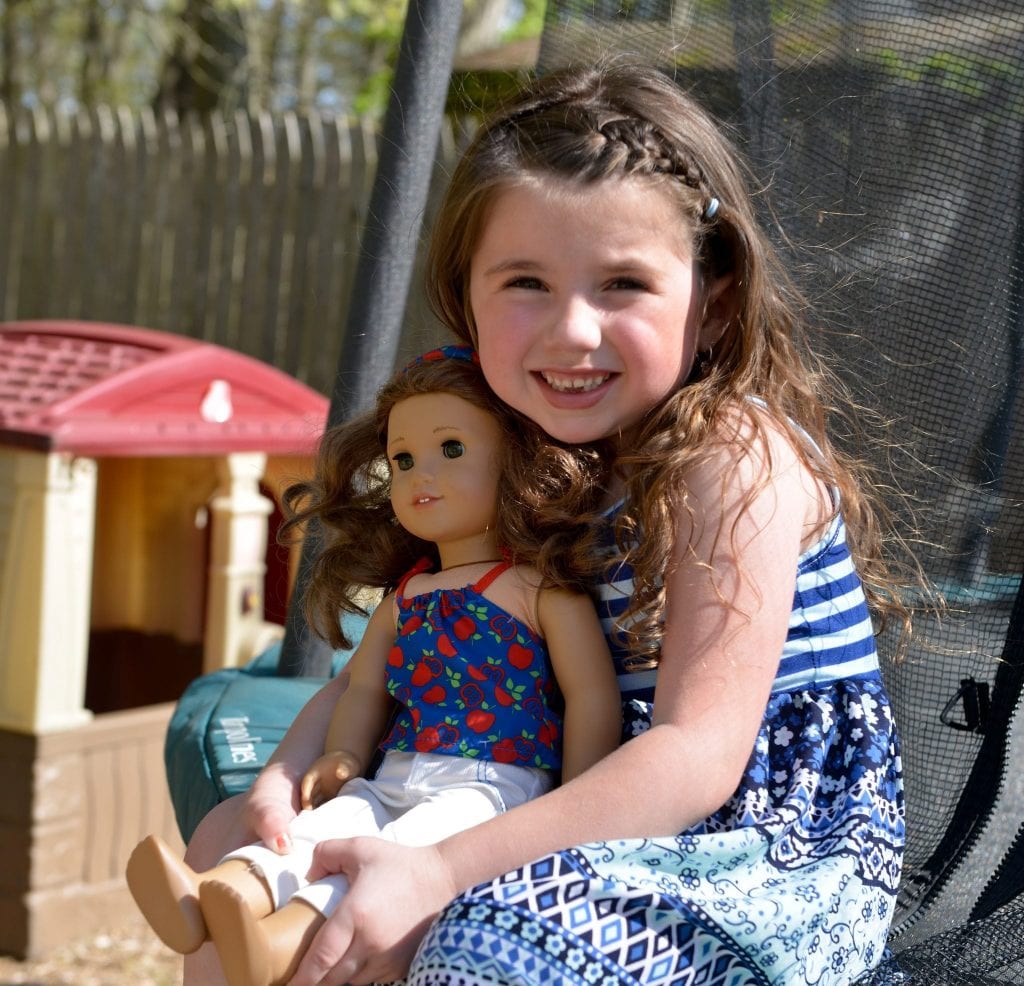How to Find the Best Physical Activity for Your Kid

July 27, 2021
Physical activity is important for all children, and helping your child find the right activity for their physical needs, personality and preferences at an early age is key to making exercise an enjoyable lifelong habit.
Michelle Sirak, M.D., section chief of pediatric physiatry at Joseph M. Sanzari Children’s Hospital at Hackensack University Medical Center, often helps kids who experience physical impairments, such as back and neck pain, sports injuries, neuromuscular disorders and more achieve their maximum mobility. Dr. Sirak shares her expert advice for finding the right physical activities for your kids.
“In my practice, I see children who are highly active, children who don’t consider themselves to be athletic, and children who have physical or cognitive concerns that impact their ability to participate in certain activities,” says Dr. Sirak. “But no matter what group a child falls into, it’s critical to find the right activity so they can safely get the physical and psychological benefits of moving their body.”
Tips for Active Children
Some children love competition, playing on a team, and getting involved in multiple athletic activities. For children who enjoy physical activity and playing sports, Dr. Sirak says the challenge often is preventing overuse injuries and making sure there is an “off-season.”
“Playing different sports in different seasons can help to prevent overuse injuries while still keeping a child active, engaged and in shape,” says Dr. Sirak. “In fact, many elite athletes are good at multiple sports, and don’t specialize in one sport until they are older.”
With many youth sports now operating year-round, Dr. Sirak says it’s important for athletes and their parents to recognize when a particular sport is becoming too much.
“If a child is experiencing frequent or recurrent injuries, or if the level of competition is too high and there is no off-season, it might be appropriate to give another activity a try — even temporarily,” says Dr. Sirak. “There are lots of ways to be active, and I work with children and parents to figure out what might be a good fit.”
Getting ‘Non-Athletes’ Active
Dr. Sirak says a portion of children she sees in her practice don’t consider themselves to be athletes at all. Team sport and competition may not be appealing to them, however remaining active, exercising and being healthy is still just as important.
These children may tire more easily, have less coordination, and have difficulty keeping up with their peers, which may make them feel embarrassed or self-conscious when playing a team sport. Some of these children experience problems such as poor posture, back pain, and low muscle tone making physical activity more difficult.
But Dr. Sirak says just because a child doesn’t like playing on a team or has non-athletic interests doesn’t mean they can’t enjoy physical activity.
“For children who didn’t enjoy or have never tried team sports, I recommend trying a more one on one sport such as gymnastics, martial arts, swimming, dance or tennis — sports that allow the child to compete against themselves and may be less intimidating to try out,” says Dr. Sirak.
“Lots of children love the TV show American Ninja Warrior, so I tell them to go join a ninja warrior gym. For older children who are not involved in sports or are having difficulty starting a workout program, sometimes working with a personal trainer for a few sessions at the gym can decrease their anxiety about stepping into a gym setting. I also frequently encourage doing Pilates or yoga classes which you can find online from the comfort of your own homes to help a child get active.”
Advice for Children with Special Needs
Although children with physical or cognitive concerns may be unable to safely participate in some activities, finding creative ways to encourage other types of physical activity is critical.
Dr. Sirak says some children may benefit from physical or occupational therapy, but it’s important to think about what activities the child might enjoy so they can stay active after “graduating” from therapy. For added benefits, Dr. Sirak recommends looking for activities that provide an opportunity for exercise while improving skills such as coordination, balance, attention and age appropriate peer interaction and socialization.
“The important thing is to find something a child can do that is enjoyable and can become part of their day — whether it is martial arts, golf, sled hockey, horseback riding, or something else,” says Dr. Sirak. “You can always find an activity; you just have to get creative.”
But no matter which group a child falls into, the most important thing is finding the one activity that sparks an interest.
“To set a kid up for a lifetime of health, you have to meet them where they are and find an activity that suits them,” says Dr. Sirak.
Next Steps & Resources:
- Meet our clinical contributor: Michelle Sirak, M.D.
- To make an appointment with Dr. Sirak, or a doctor near you, call 800-822-8905 or visit our website.
The material provided through HealthU is intended to be used as general information only and should not replace the advice of your physician. Always consult your physician for individual care.
Find a doctor near me
Why Do Kids Get Cancer?

Learn why kids get cancer from leading pediatric oncologists. Understand childhood cancer symptoms and find expert care. Call 800-822-8905.
